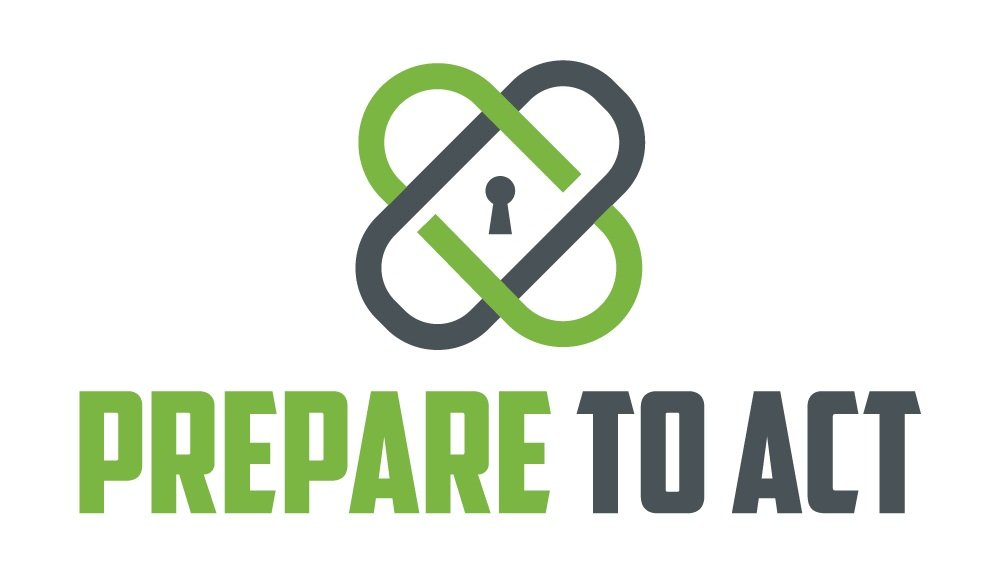How Progress Learning Transforms Leaders: Building Resilience and Adaptability
In today’s fast-paced world, leaders need more than just knowledge—they need resilience and adaptability. Traditional leadership training often falls short because it doesn’t focus on the day-to-day progress that builds long-lasting, effective habits. That’s where progress learning comes in. Progress learning helps leaders continuously evolve, fostering resilience and adaptability to handle any challenge. In this post, we’ll dive into how progress learning can reshape leadership and offer practical steps you can take to implement this strategy.
Why Progress Learning is Critical for Leadership:
Leadership isn’t just about making big decisions. It's about the small, everyday choices that lead to continuous growth. Progress learning is a strategy that breaks down complex skills into manageable steps, allowing leaders to improve incrementally. This type of learning builds resilience because it trains leaders to handle gradual challenges without becoming overwhelmed. Adaptability grows as leaders learn to adjust to new information and changing circumstances.
Check out our post on The Power of Small Wins: How Progress Learning Builds Better Leaders.
Practical Ways to Implement Progress Learning:
Here’s how leaders can incorporate progress learning into their routines:
1. Daily Reflection:
At the end of each day, reflect on what you’ve learned and what challenges you’ve faced. Write these reflections down so you can track patterns and see your growth over time.
Quick Tip:
Keep a journal on your desk or phone and jot down three things you learned each day. This will make it easier to see your progress and adapt to new challenges.
2. Break Down Goals into Manageable Steps:
Instead of focusing on the end goal, break your objectives into smaller, achievable steps. For example, if your goal is to improve team communication, start by holding brief daily check-ins and gradually introduce more collaborative tools.
For more on goal setting, read our post on How to Set Goals That Stick: Using Progress Learning for Personal Growth.
3. Embrace Failure as Part of Learning:
Failure isn’t the end—it's an essential part of progress. Every time you make a mistake, reflect on what went wrong and how you can improve next time. This mindset builds resilience and ensures you learn from each setback.
4. Regular Feedback Sessions:
Create a system where you receive feedback from peers, employees, and supervisors. Use this feedback to adjust your leadership approach in real-time. This continuous improvement is key to adaptability.
Quick Tip:
Schedule monthly feedback sessions with your team to ensure you’re always growing and adapting.
Action Steps for Leaders:
Start a daily reflection practice.
Break down long-term goals into smaller tasks.
Embrace failure as a learning opportunity.
Schedule regular feedback sessions with your team.
Set aside time each week for self-improvement.
FAQs About Progress Learning and Leadership:
1. How does progress learning differ from traditional leadership training?
Progress learning focuses on incremental growth rather than big, one-time changes. It helps leaders stay adaptable and resilient over time.
2. Can progress learning help me handle stress better?
Yes, progress learning teaches you how to break problems into smaller steps, reducing overwhelm and making it easier to manage stress.
3. How do I measure my progress?
Use daily reflections, feedback from your team, and regular check-ins to measure your progress.
4. Is this only for leadership roles?
No, progress learning can help anyone improve their skills, whether in leadership or other roles.
5. How long does it take to see results?
You’ll notice small improvements within a few weeks, but significant changes in leadership style may take a few months.
6. What’s the first step in adopting progress learning?
Start with daily reflections and break your goals into smaller tasks. This helps you get used to thinking incrementally.
7. How does progress learning build resilience?
By focusing on small wins and learning from failures, progress learning builds resilience over time.
8. Can I apply progress learning outside of work?
Yes! Progress learning can help with personal growth, fitness, hobbies, and more.
9. How do I get my team involved in progress learning?
Encourage them to start small, track their progress, and share their wins and failures.
10. How do I know if progress learning is working?
You’ll notice improved decision-making, better adaptability to change, and increased team productivity.
